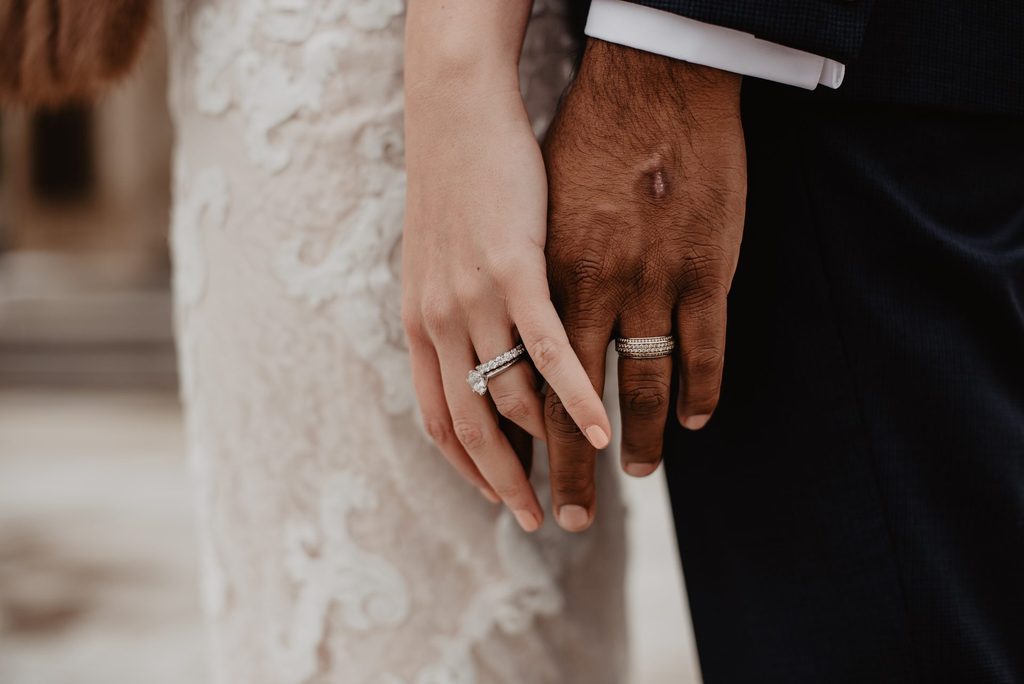Last year, 48,482 marriages took place in Belgium, almost 9% more than the average before the Covid-19 pandemic in 2017-2019, figures published by Belgian statistics agency Statbel in June reveal.
In 2020 and 2021 many couples were forced to postpone their wedding plans. In those years, there were respectively 11,770 and 3,713 fewer marriages than the average for the previous three years. In 2020, the number of marriages reached a 150-year low.
Last year, Belgian couples played catch up. There was a significant surge in new marriages, up 3,933 from the average for three years before the pandemic. Looking more closely at the statistics for last year, we can see interesting dynamics in Belgian marriages. Predictably, summer is a popular period for the perfect marriage.
6,955 people were married in July last year, the busiest wedding season, against just 2,962 in January during the winter. All ten of the most popular months for getting married are in the summer between the end of June and mid-September.
There were only 35 days with no weddings recorded in Belgium, 34 of which were Sundays and one of them being Easter Monday.
Last year, 25 June was the most popular wedding day, with 1,088 people deciding to tie the knot. In fact, this is the third busiest wedding day in the last eight years. The most popular date was 18 August 2018, when 1,502 Belgians got married.
Still in decline
Despite a relative increase in the number of marriages last year, the institution of marriage is becoming more and more unpopular, as is the nuclear family.
Related News
- More people in Belgium got married in 2022, with fewer divorces
- Number of Belgian same-sex marriages stabilises in recent years
Over the last 20 years, the average age of those getting married has slowly creeped towards 40. While at the millennium couples got married, on average, between 30 and 33-years-old, in 2021, they were doing so at 36 to 39. Divorce rates were lower last year, but nearly half of marriages still end in divorce.
Over a third (36%) of households now comprise just one person. Other non-traditional households are also on the rise. Single-parent families are now 9% more common.
Married couples are becoming increasingly rare: there are now 10.5% fewer married couples with children, and 1.9% less married couples without children.

